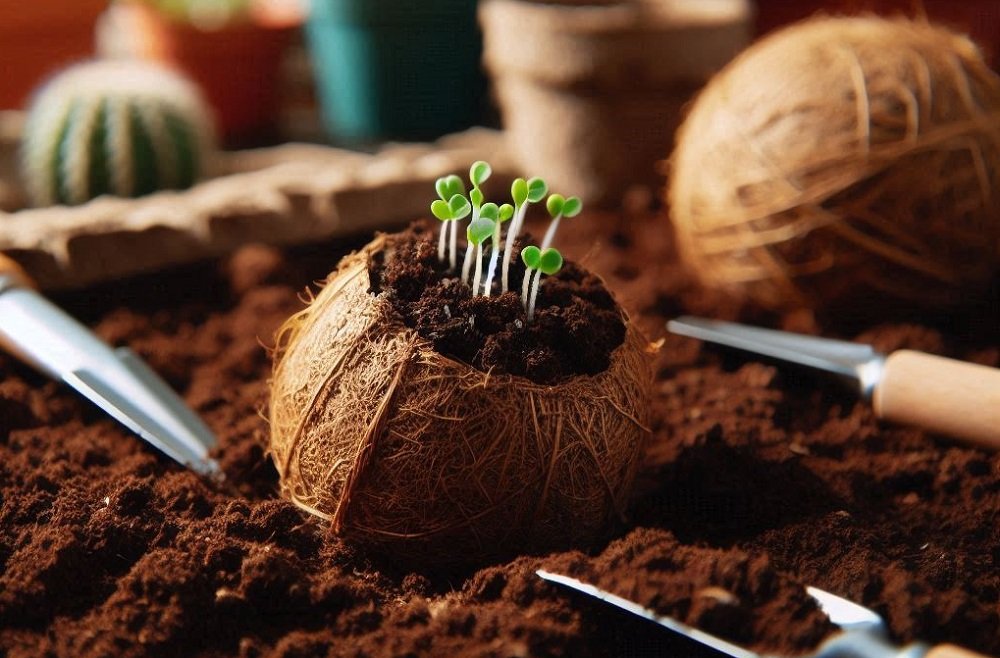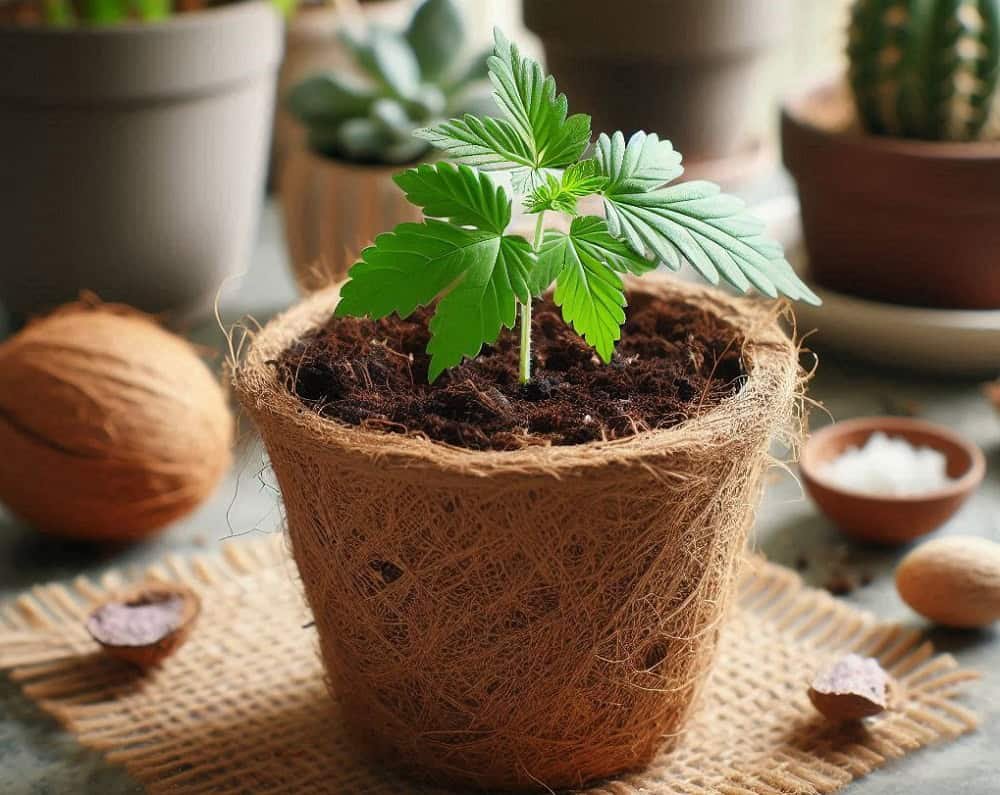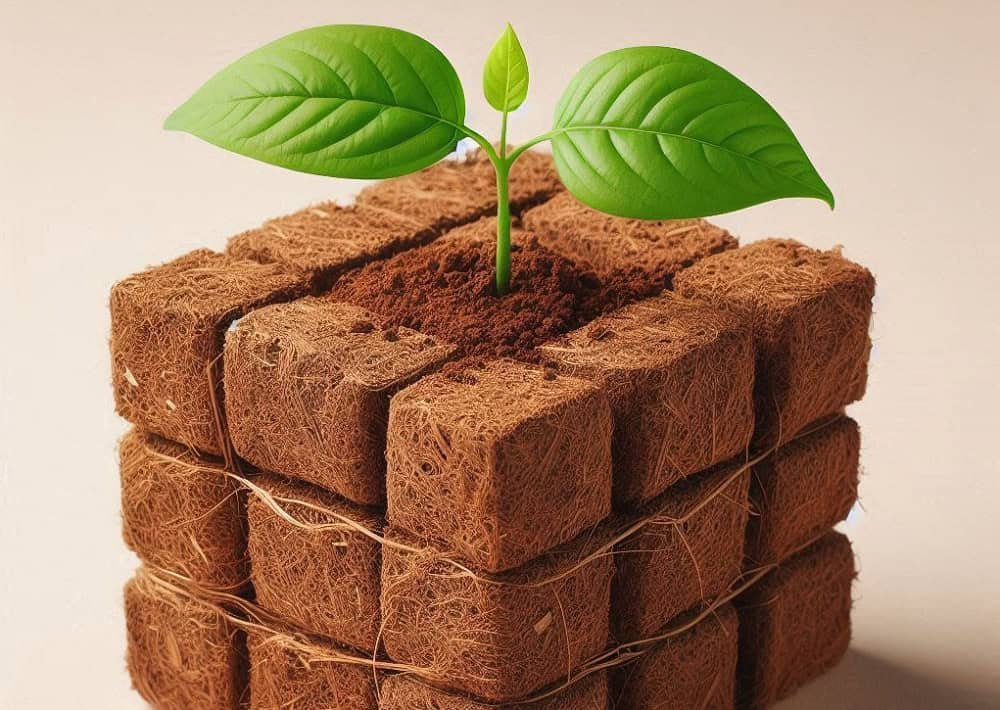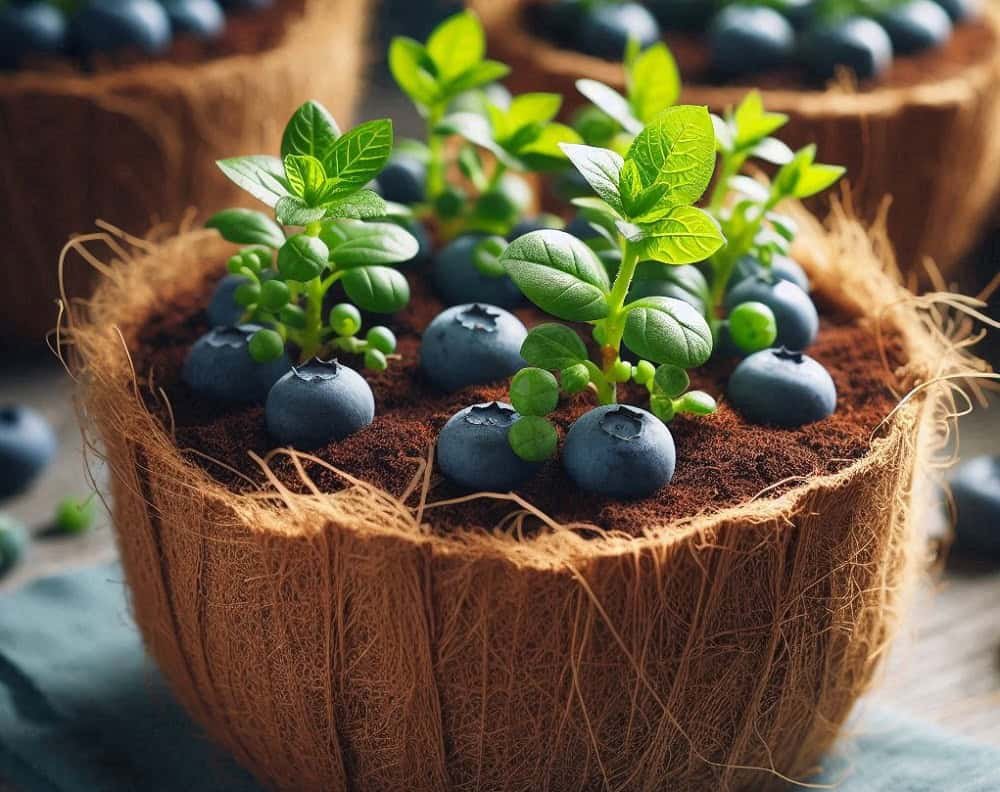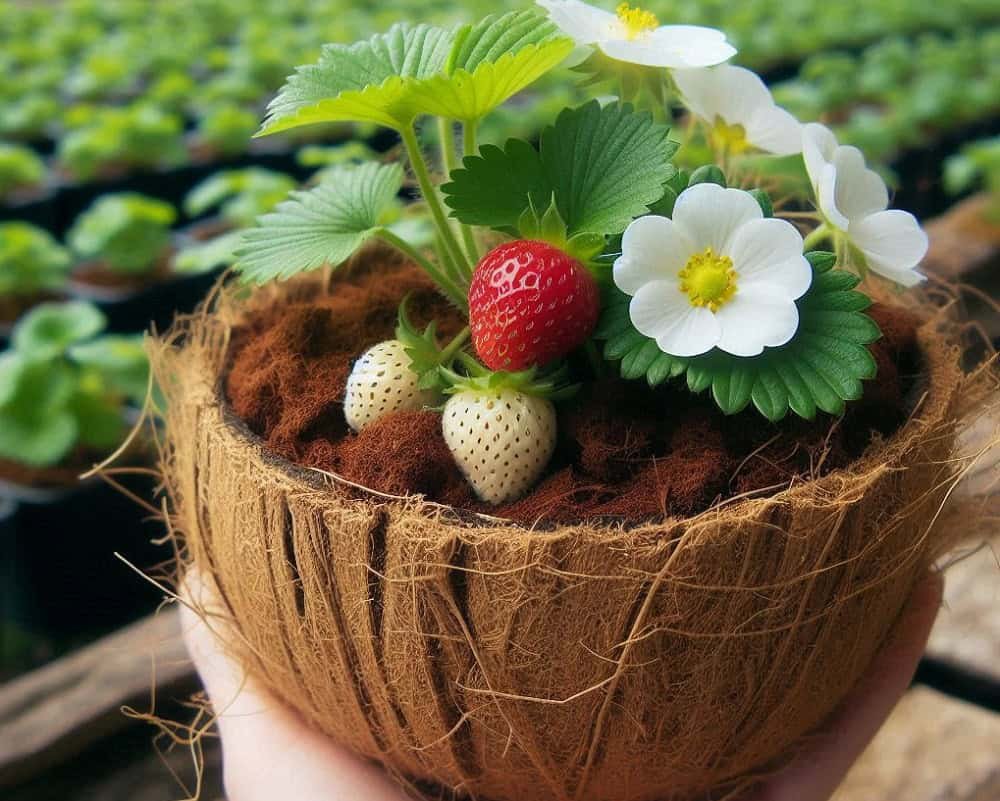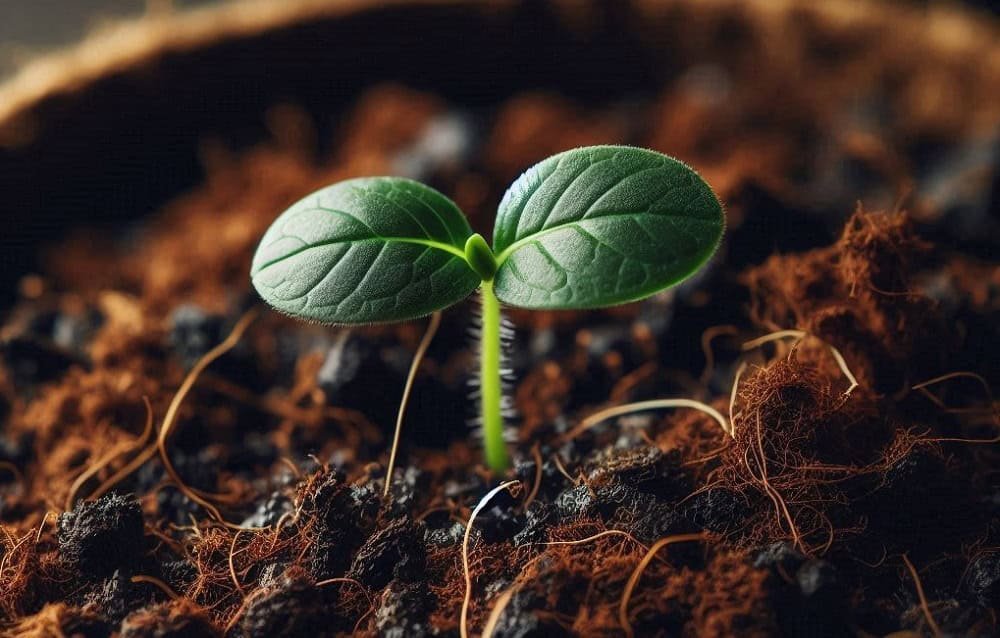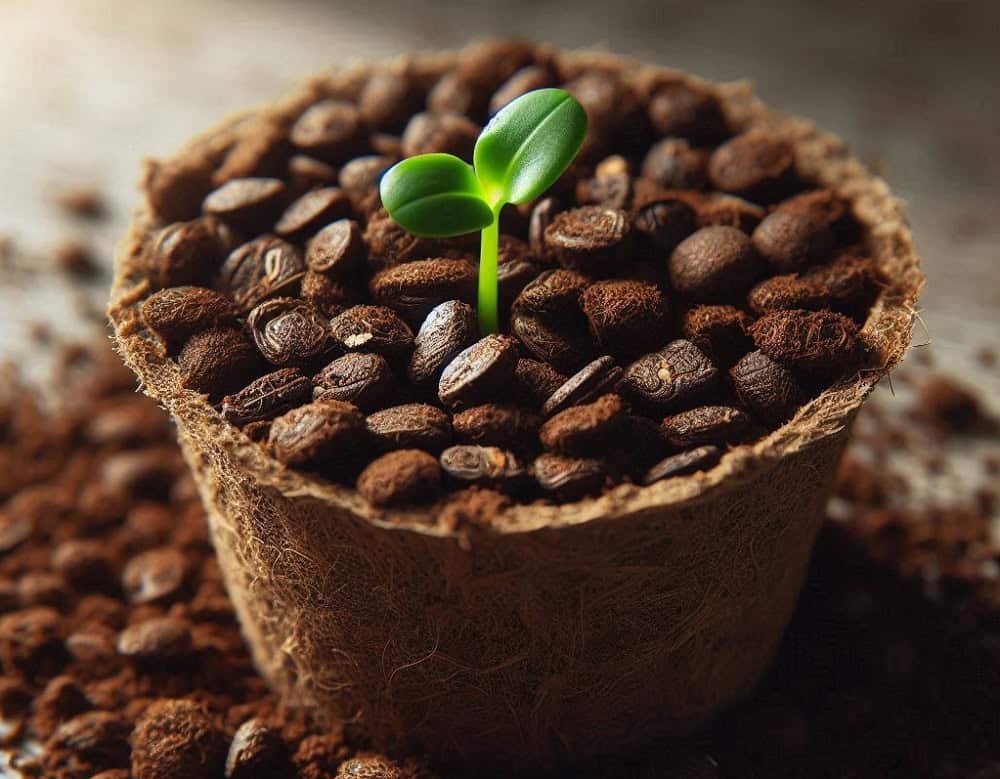Wants to know how to prepare coco peat for seed germination?
Coco peat is a naturally extracted substitute from the coconut husk. Coco peat has been growing in popularity lately and is used for soil amendment, potting mix, and hydroponic production. In recent times coco peat is now being considered as a permanent replacement of the traditional peat moss. Coco peat is ideal for beginners or seasoned gardeners as they are over-the-counter coco peat bags that provide the balance of right moisture promoting strong growth roots and faster process of germination.
Advantages of Using Coco Peat for Seed Germination
Stronger and more fibrous roots for seedlings
The high-water retention capacity and air-filled porosity help in producing the seedlings stronger.
High Germinate rate
Coco peat can be used multiple times in different growing seasons. The ability to re-wet it makes it easily useable in seedling trays and tubes. Germination rates are always higher when coco peat is used.
Easily Re-wets
Coco peat is the most preferred and ideal medium being used for seed-raising applications all around the world. It has the ability to easily re-wet, which makes it the preferred choice for cell and plug production of flower seeds, vegetables, and tube stock production.
Seed Germination is a process in which plants grow from seeds to seedlings. The process of seed germination improves both crop quality and yield. Some common conditions that are very important in seed germination are as below;
- Water: one of the most important elements in seed germination. Water provides the necessary hydration that is required for vital activities like protoplasm, dissolving oxygen, softening the seed coats, and increasing the seed permeability.
- Oxygen: Oxygen is another important essential energy source that is required for seed growth. When burying the seed is too low, it can be deprived of oxygen.
- Temperature: Temperature depends on the seed characteristics you are looking to grow. A moderate temperature from 25-30 degrees is ideal for a seed to generate. Some seeds can vary to as low as temperatures to 5 degrees and as high as 45 degrees depending on their nature and characteristics.
- Light or Darkness: Depending on nature, many seeds cannot germinate until light falls on them.
To use Coco peat for seed germination, below is a step by step guide which will help your way through out.
- The first and most essential part is choosing the right quality coco peat for Seed germination. There are a variety of coco peat available in the market for suitable gardening needs. Coco peat disc or coins are most preferred as they provide the optimal level of retention of moisture and air circulation.
- Start by filling the tray or container with Coco Peat. Use water to soak the coco peat for several hours before adding it to your system. This will hydrate it making it easier to using and work on it.
- Once the coco peat is well soaked, add the seeds to the medium, ensuring that the seeds are not touching each other and are evenly spaced
- Create a humid environment by covering the container or tray with a plastic wrap or a lid. Keep checking the seeds every day to see if they have germinated. Once you see the seed germination, remove the lid or the wrap and continue monitoring the coco peat that stays moist
- After the plants have grown big enough, you can transfer them into your hydroponics system.
- Monitoring the pH value of the coco peat is an essential part of the process as the ideal range is between 5 to 7. It is required to adjust the pH value if needed.
FAQS
Q: Can Cocopeat be used for all types of Seeds?
A:Cocopeat is generally used for most types of seeds, but it is recommended to check if there are any specific requirements for the seed you are planting.
Q:How often you should water your seeds in Coco peat?
A:As compared to using traditional soil, coco peat has the capacity to retain water and hold moisture. It’s important to make sure that the coco peat remains moist throughout but is not water-logged.
Q:Can Cocopeat be used in the next growing season?
A:Yes, coco peat can be used multiple times. Coco peat can simply be used next time by removing the plant debris and mixing it in the soil container for use next time.
Q:Are there any advantages of using coco peat over traditional soil?
A:The benefits of using coco peat over traditional soil are huge. Coco peat provides better and improved aeration, has enhanced moisture retention, and has strong resistance to bacterial and fungal infections.

